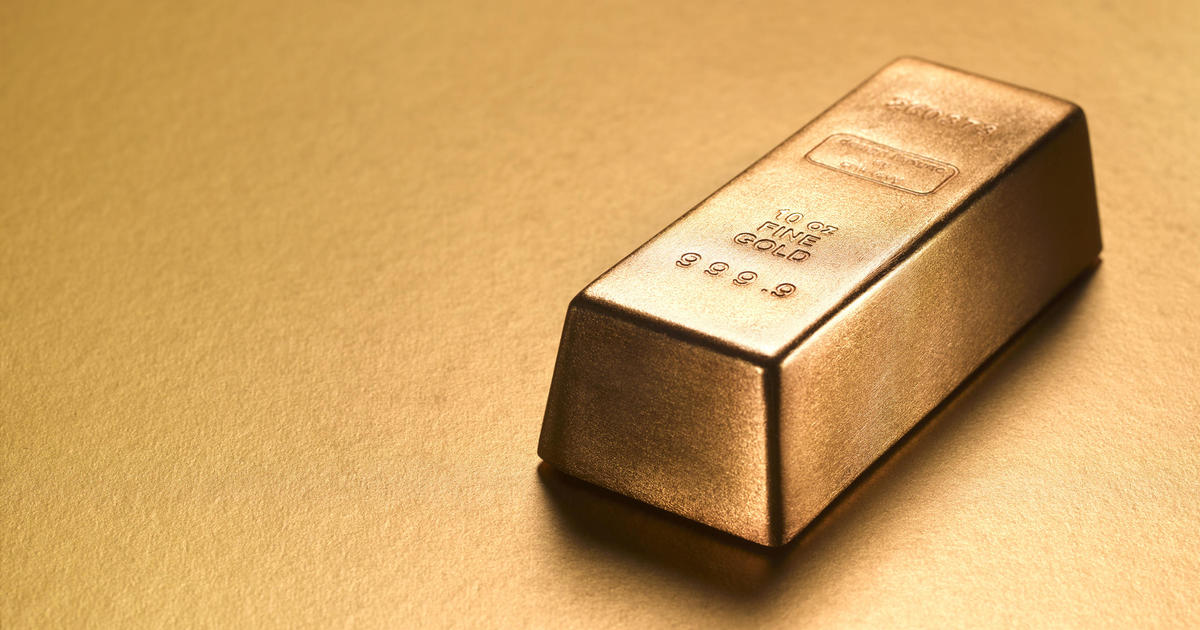 Today's CD rate environment demands early action if you want to maximize your returns.
Guido Mieth/Getty Images
Today's CD rate environment demands early action if you want to maximize your returns.
Guido Mieth/Getty Images
The interest rate you locked in when you first opened your certificate of deposit (CD) account may look very different than the rates being offered today. After all, quite a bit has changed with the economy since the start of 2025. The Federal Reserve just instituted its first benchmark rate cut of the year, mortgage rates have started to ease and CD yields — which surged in 2023 — are continuing to show signs of softening.
If your CD account is coming due this November, all of this matters because what you do now, not after your CD account's maturity date, will help to determine how much interest you'll earn going forward. And, it will also play a role in how smoothly your money transitions from one account to the next. Acting early also gives you time to compare your options, avoid automatically rolling your funds into a lower-yielding CD and, in some cases, even secure a better rate before your CD officially matures.
So, whether you're looking to keep your funds parked safely or completely pivot to a different strategy, there are a few moves you should make now if your CD account is set to hit maturity next month.
Compare today's top CD accounts and find out how much you could earn now.
What to do if your CD account is maturing this November
If your CD account is slated to hit its maturity date this November, consider making these moves now:
Review the rules for your bank's maturity notice and grace period
Most banks and credit unions will send you a maturity notice roughly three to four weeks before your CD comes due. Don't ignore it. This letter or email includes crucial details like the CD account's maturity date, current balance, renewal terms, grace period length and any upcoming changes to the interest rate.
Every institution has its own rules, too. Some offer just seven days after maturity to make changes, while others give you a little more time. Knowing these details early, though, ensures you won't be caught off guard when your CD account matures. It also helps you prepare to make a change or secure a better option the moment your CD hits maturity.
Learn more about the top CD account rates available to you today.
Shop around for current CD and high-yield savings rates
CD rates were at multi-decade highs through much of 2023. But yields have begun drifting lower in recent months, and the dips in CD rates are only likely to continue as the Fed shifts further toward a more accommodative stance.
Shopping around now lets you compare what's available and potentially lock in a competitive APY before CD rates drop further. As you're comparing the options, it can help to consider the following factors:
- CD length: Shorter-term CDs (typically three to 12 months) historically have lower yields, but in today's uncertain economic environment, they tend to offer higher rates. That means a shorter term could offer you bigger returns and more flexibility right now, but you'll need to compare your options.
- APY vs inflation: You'll also want to compare today's CD rates with inflation expectations to see if you're preserving real purchasing power via the account options you're considering.
- Early withdrawal penalties: If you might need access to the funds before the new CD term is over, choosing a no-penalty CD or high-yield savings account could be a better move than paying an early withdrawal penalty.
Evaluate whether a high-yield savings account makes more sense now
Here's something many people don't consider: It may be worth abandoning CDs altogether, at least temporarily. The current gap between CD rates and high-yield savings accounts has narrowed considerably, with high-yield savings accounts and CDs offering relatively comparable rates right now. The big difference is that you'll lock in a CD rate for the full term, but the rates on high-yield savings accounts are variable, meaning that they'll change over time when shifts occur within the wider rate environment.
That can be risky if you're worried about savings rates falling and impacting your returns, but in turn, you'll get complete liquidity, as a high-yield savings account allows you to dip into your funds at any time without penalty. So, if you value flexibility and aren't certain about your financial needs over the next year, parking your money in a high-yield savings account may let you earn nearly the same return, at least for now, without locking up your funds.
This can be especially valuable if you anticipate needing access to your money for upcoming expenses or if you think you might find better opportunities in the coming months. You can always move money back into a CD later if rates stabilize and you're ready to commit to a fixed term again.
The bottom line
If your CD is maturing in November, don't wait until the last minute to make a move. Rates are shifting, grace periods are short and good CD account deals can disappear quickly. By reviewing your bank's maturity terms, comparing current rates and deciding how to redeploy your funds ahead of time, you can keep your savings strategy strong, no matter where the interest-rate environment goes next. The earlier you act, though, the more control you'll have over your money.
Edited by Matt Richardson


















































